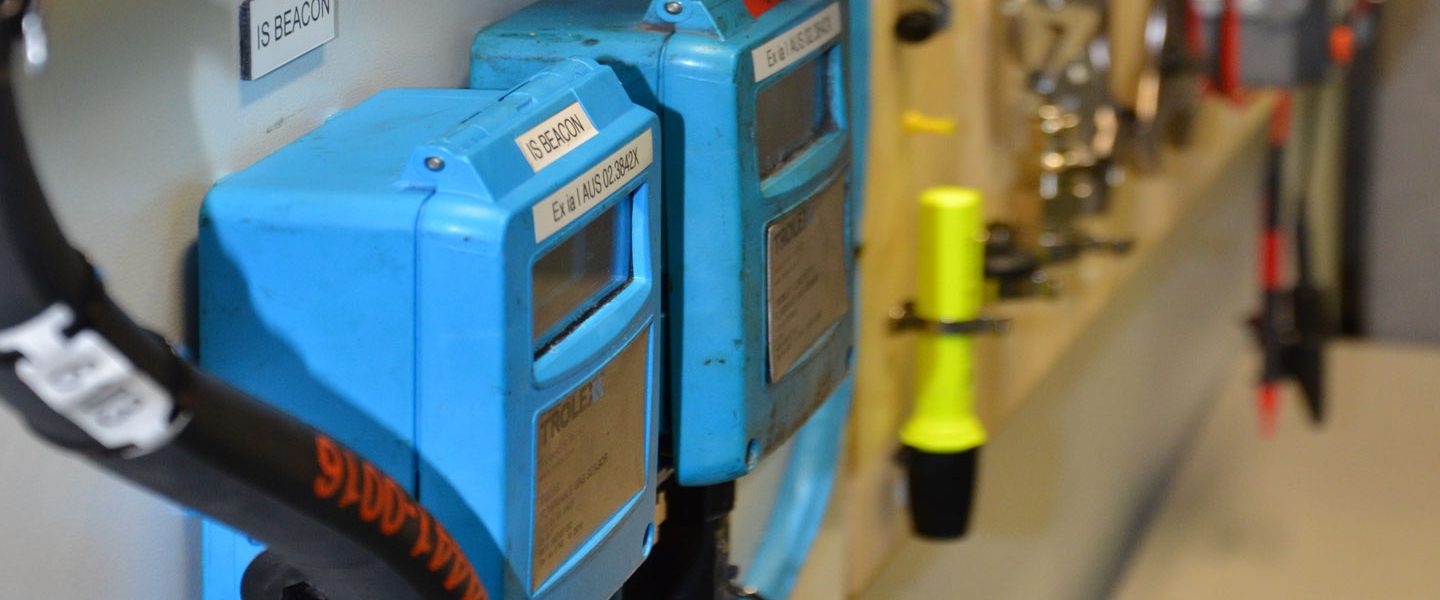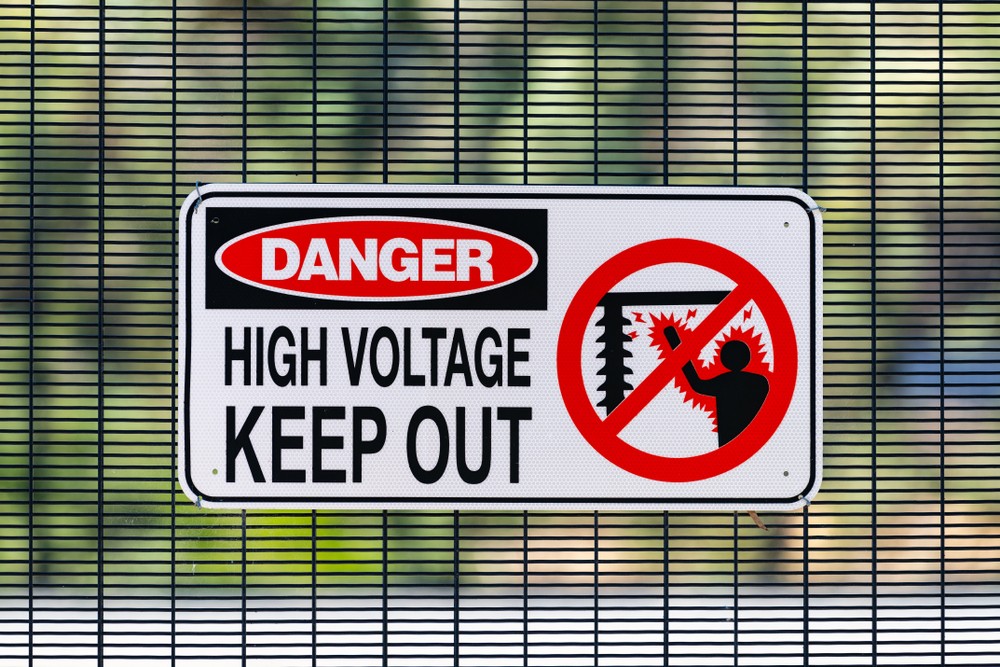Excitement About Roar Solutions
Excitement About Roar Solutions
Blog Article
10 Simple Techniques For Roar Solutions
Table of ContentsLittle Known Facts About Roar Solutions.Roar Solutions for DummiesRoar Solutions Things To Know Before You Get This
In order to protect installations from a potential surge a technique of analysing and classifying a possibly dangerous location is required. The objective of this is to make certain the correct selection and setup of devices to eventually prevent an explosion and to make certain security of life.
(http://tupalo.com/en/users/7935779)
No equipment should be mounted where the surface temperature level of the equipment is more than the ignition temperature level of the given danger. Below are some common dirt dangerous and their minimal ignition temperature. Coal Dust 380C 225C Polythene 420C (thaws) Methyl Cellulose 420C 320C Starch 460C 435C Flour 490C 340C Sugar 490C 460C Grain Dirt 510C 300C Phenolic Resin 530C > 450C Aluminium 590C > 450C PVC 700C > 450C Soot 810C 570C The possibility of the danger existing in a focus high adequate to cause an ignition will vary from area to location.
In order to identify this danger an installation is separated into areas of risk relying on the quantity of time the hazardous is present. These locations are described as Zones. For gases and vapours and dirts and fibers there are three zones. Area 0 Zone 20 A hazardous environment is very most likely to be present and may be present for extended periods of time (> 1000 hours each year) or also continually Zone 1 Area 21 A hazardous ambience is feasible yet unlikely to be present for long durations of time (> 10 450 C [842 F] A classification of T6 means the minimum ignition temperature is > 85 C [185 F] Harmful area electric tools maybe created for usage in greater ambient temperature levels. This would certainly showed on the rating plate e.g. EExe II C T3 Ta + 60C( This indicates at 60C ambient T3 will certainly not be gone beyond) T1 T1, T2, T3, T4, T5, T6 T2 T2, T3, T4, T5, T6 T3 T3, T4, T5, T6 T4 T4, T5, T6 T5 T5, T6 T6 T6 A T Course score of T1 means the maximum surface temperature created by the tool at 40 C is 450 C. Thinking the associated T Class and Temperature score for the tools are proper for the area, you can always make use of a tool with a more rigid Division rating than required for the area. There isn't a clear response to this concern however. It truly does depend upon the type of devices and what fixings require to be executed. Equipment with particular test procedures that can not be done in the area in order to achieve/maintain 3rd party rating. Need to return to the manufacturing facility if it is prior to the tools's service. Field Repair Work By Authorised Worker: Challenging screening may not be required however details treatments may need to be adhered to in order for the tools to maintain its 3rd party ranking. Authorised workers should be used to carry out the work correctly Repair work have to be a like for like replacement. New component must be considered as a direct replacement calling for no unique screening of the equipment after the repair work is total. Each tool with an unsafe score need to be reviewed separately. These are described at a high level below, however for even more detailed information, please refer directly to the standards.
The Roar Solutions PDFs
The devices register is an extensive database of devices documents that consists of a minimum set of fields to determine each product's area, technological criteria, Ex category, age, and ecological information. The ratio of Comprehensive to Close assessments will be figured out by the Tools Danger, which is evaluated based on ignition risk (the possibility of a resource of ignition versus the possibility of a flammable environment )and the harmful area category
( Zone 0Area 1, or 2). Executing a durable Risk-Based Inspection( RBI )approach navigate to this site is important for making sure conformity and safety and security in managing Electrical Equipment in Hazardous Locations( EEHA).
The Greatest Guide To Roar Solutions

In regards to eruptive risk, a dangerous location is a setting in which an explosive environment is present (or might be anticipated to be existing) in quantities that call for unique preventative measures for the building and construction, installation and use of equipment. Roar Training Solutions. In this article we discover the challenges encountered in the office, the danger control steps, and the needed proficiencies to work safely
These compounds can, in certain problems, form eruptive ambiences and these can have major and terrible consequences. Many of us are familiar with the fire triangle remove any kind of one of the 3 elements and the fire can not take place, yet what does this mean in the context of hazardous areas?
In most instances, we can do little concerning the degrees of oxygen in the air, but we can have substantial influence on sources of ignition, for instance electrical tools. Unsafe areas are documented on the dangerous area category drawing and are determined on-site by the triangular "EX-SPOUSE" indication. Right here, amongst various other crucial info, zones are split into three kinds depending on the hazard, the chance and duration that an eruptive environment will certainly exist; Zone 0 or 20 is considered the most hazardous and Area 2 or 22 is deemed the least.
Report this page